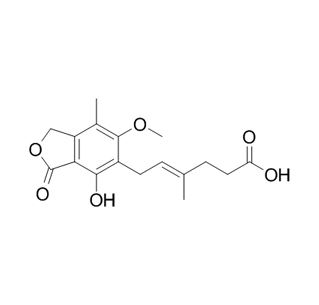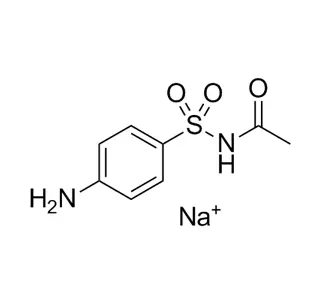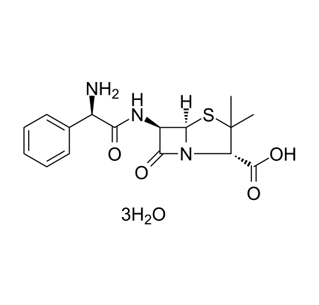
Search

Search

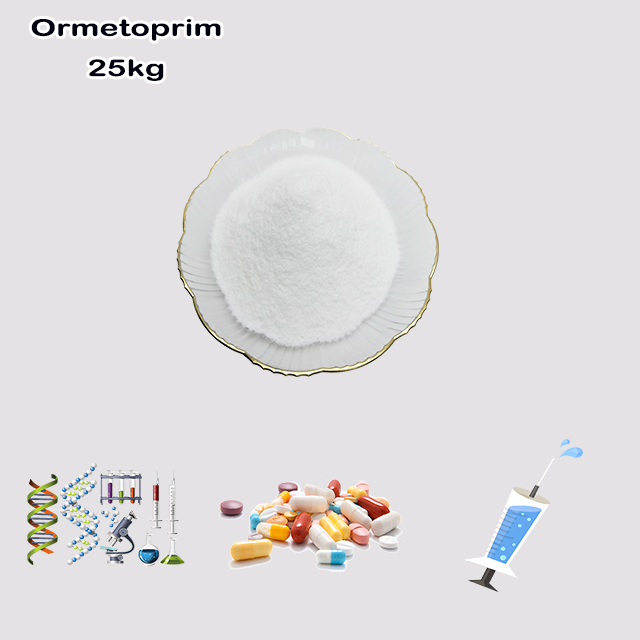
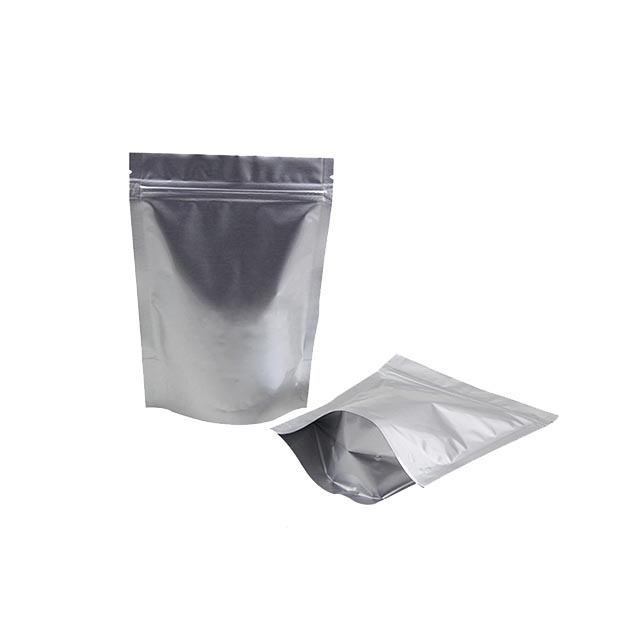
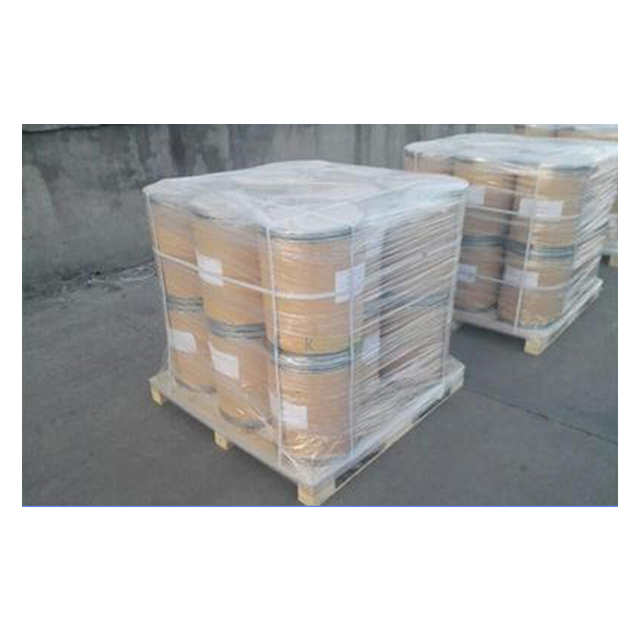
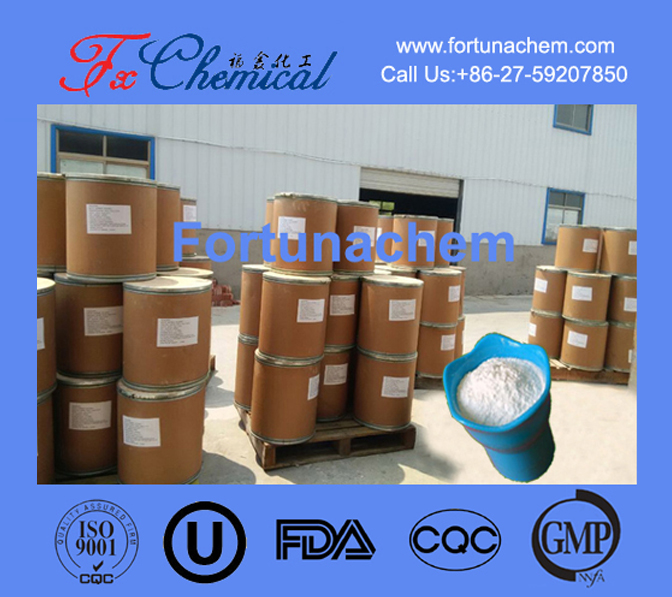
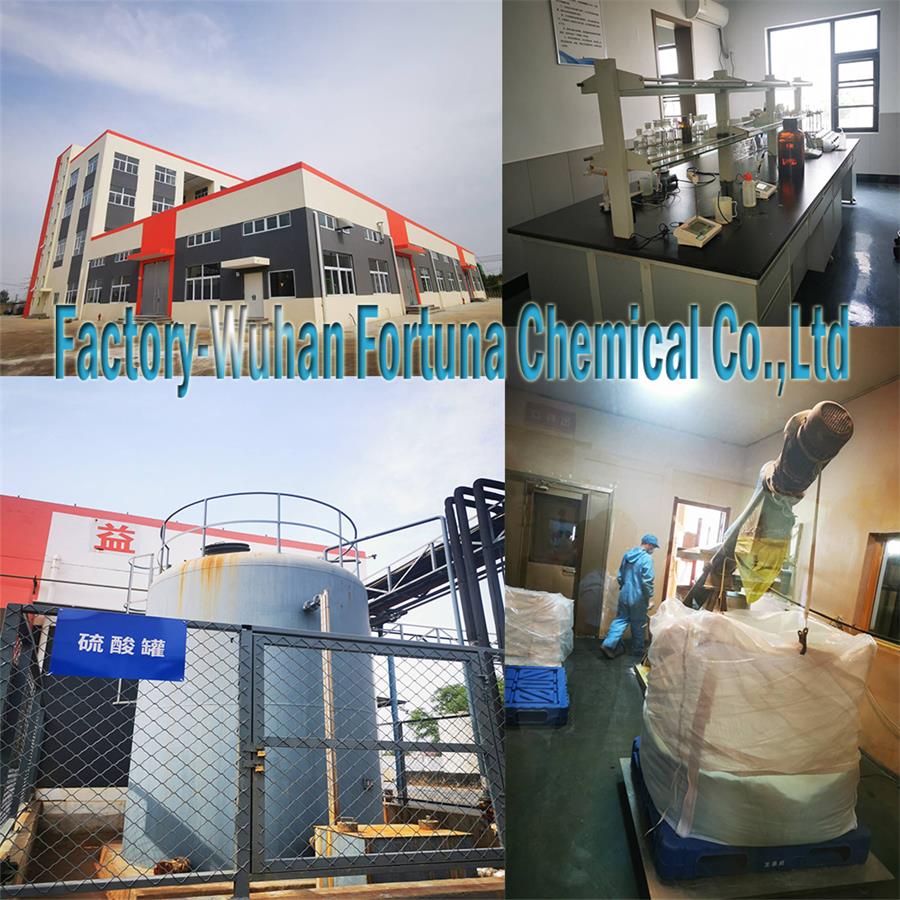





Ormetoprim is a veterinary antibiotic used exclusively in aquaculture (fish farming). It belongs to the diaminopyrimidine class and is always combined with the antibiotic sulfadimethoxine in a 2:1 ratio. This potent combination works synergistically to block essential folate synthesis in bacteria, effectively treating diseases like furunculosis in salmon and trout. It is administered through medicated feed. Its use is strictly regulated with a mandatory withdrawal period to ensure food safety and to mitigate concerns about antibiotic resistance in the environment. It is not used in humans.
| Items | Specification |
| Product name | Ormetoprim |
| CAS | 6981-18-6 |
| Appearance | White powder |
| Assay | ≥99% |
| Molecular Formula | C14H18N4O2 |
| Molecular Weight | 274.32 |
| EINECS | 230-246-6 |
| Product parameters | |
| Cas number: | 6981-18-6 |
| Appearance: | White powder |
| Purity: | 99%min |
| Package details: | 25kg/drum |
| Brand: | Fortunachem |
Ormetoprim is a veterinary antibiotic belonging to the diaminopyrimidine class. It is exclusively used in aquaculture, specifically in the farming of salmonid fish (like salmon and trout). It is never used as a standalone drug but is always formulated in a 2:1 ratio with the sulfonamide antibiotic sulfadimethoxine. This combination acts as a sequential synergistic inhibitor of folate synthesis, effectively treating bacterial diseases.
Chemical Class: Diaminopyrimidine. This is the same class as trimethoprim, a common human antibiotic. Ormetoprim is a structural analog of trimethoprim.
Mechanism of Action: It is a potent inhibitor of the bacterial enzyme dihydrofolate reductase (DHFR). This enzyme is crucial for the production of tetrahydrofolic acid, a form of folate essential for bacterial DNA synthesis and cell growth.
Synergistic Combination: It is always used with sulfadimethoxine (a sulfonamide). Sulfonamides inhibit an earlier step in the same pathway (dihydropteroate synthase). By blocking two consecutive steps, the combination is far more effective and bactericidal than either drug alone, and it helps slow the development of bacterial resistance.
Primary Use: Treatment of furunculosis in salmonids, a devastating systemic infection caused by the bacterium Aeromonas salmonicida. It is also used against other gram-negative bacterial infections in fish.
Administration: It is mixed into fish feed (medicated feed). The standard approved product is a combination of ormetoprim (25%) and sulfadimethoxine (50%).
Target Species: Almost exclusively salmon and trout.
Benefit: This combination provides a powerful tool for controlling serious bacterial outbreaks in high-density fish farming operations.
Veterinary Use Only: Ormetoprim is not approved for use in humans or in animals intended to produce milk (dairy cattle).
Withdrawal Time: A mandatory 42-day withdrawal period is required for treated fish before they can be harvested for food. This is to ensure that drug residues deplete to levels below the established tolerance, making the food safe for human consumption.
Resistance Concerns: As with all antimicrobials, there is a concern about the development of antibiotic-resistant bacteria. Its use is therefore strictly regulated and should be under veterinary supervision to ensure prudent use.
Environmental Impact: The use of medicated feed in open-net pen aquaculture raises concerns about the release of antibiotics into the marine environment, which can select for resistant bacteria in sediment and water.
| Drug | Class | Use | Key Difference |
|---|---|---|---|
| Ormetoprim | Diaminopyrimidine | Veterinary (Aquaculture) | Specifically paired with sulfadimethoxine for fish. |
| Trimethoprim | Diaminopyrimidine | Human & Veterinary | Paired with sulfamethoxazole (e.g., Co-trimoxazole) for a wide range of infections. |
| Sulfadimethoxine | Sulfonamide | Veterinary (often with OMP) | Rarely used alone; its primary partner is ormetoprim in fish medicine. |
Ormetoprim is a critical, niche antibiotic developed specifically for the aquaculture industry. Its role is highly specific: to be combined with sulfadimethoxine in medicated feed to combat severe bacterial infections in farmed salmon and trout. Its use is tightly controlled due to important public health concerns regarding antibiotic resistance and drug residues in food.
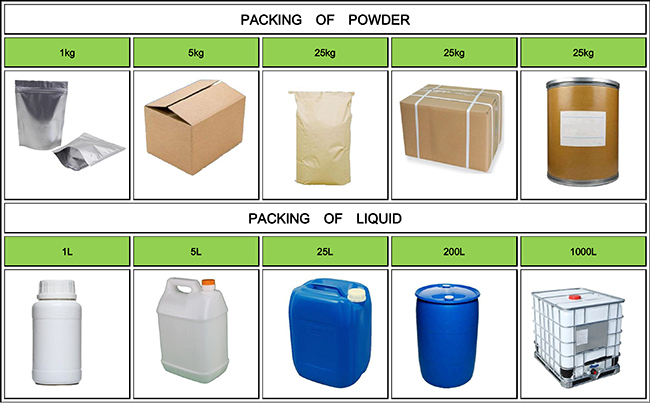
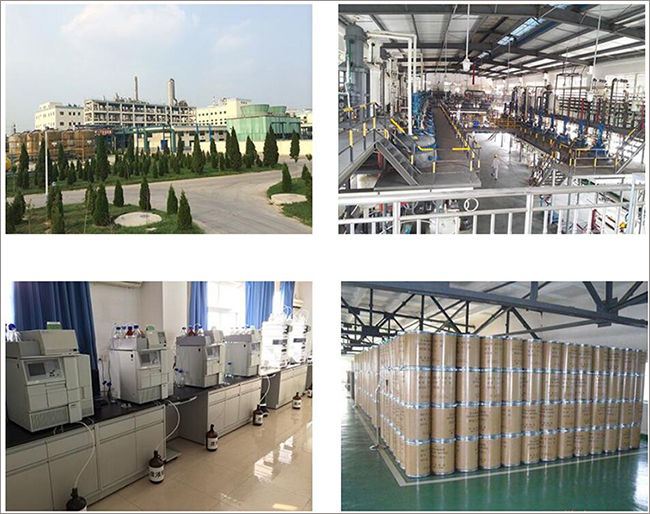
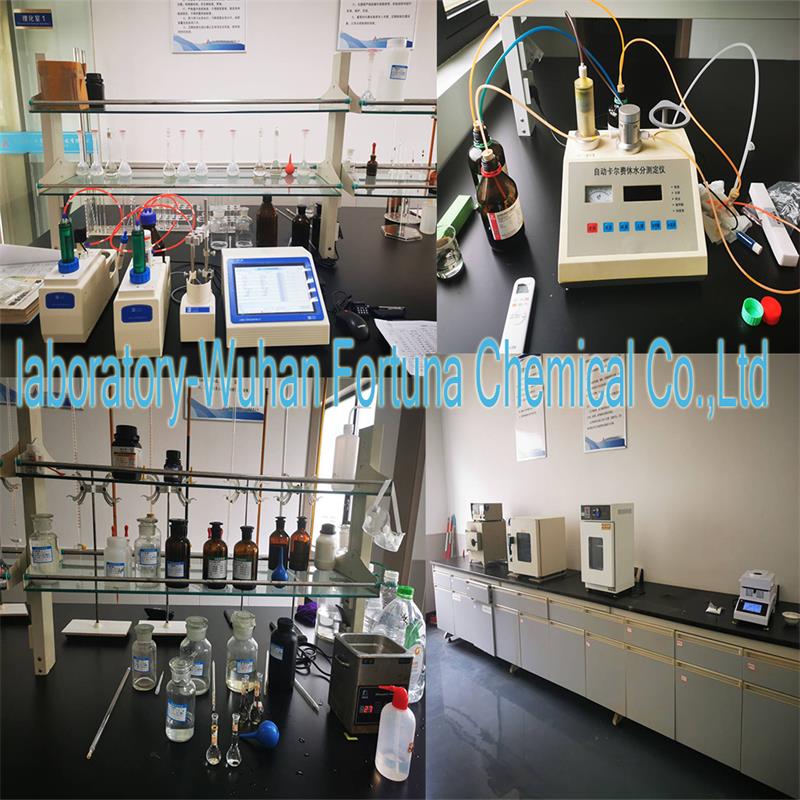
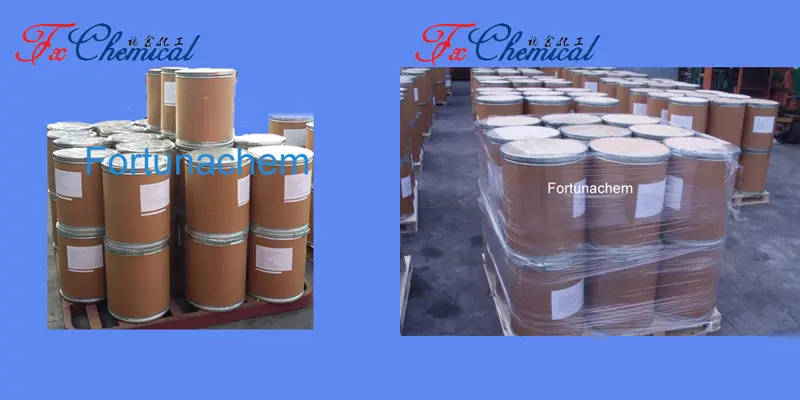
Guaranteed purity
High quality & competitive price
Quality control
Fast feedback
Prompt shipment


Fortunachem Provides Not Only Professional Chemical Products But Also Professional Help
Keeping you up-to-date with all the latest information, news, and events about Fortunachem!

Quick Links
Add:
E-mail:
 English
English  Español
Español  français
français  العربية
العربية 
